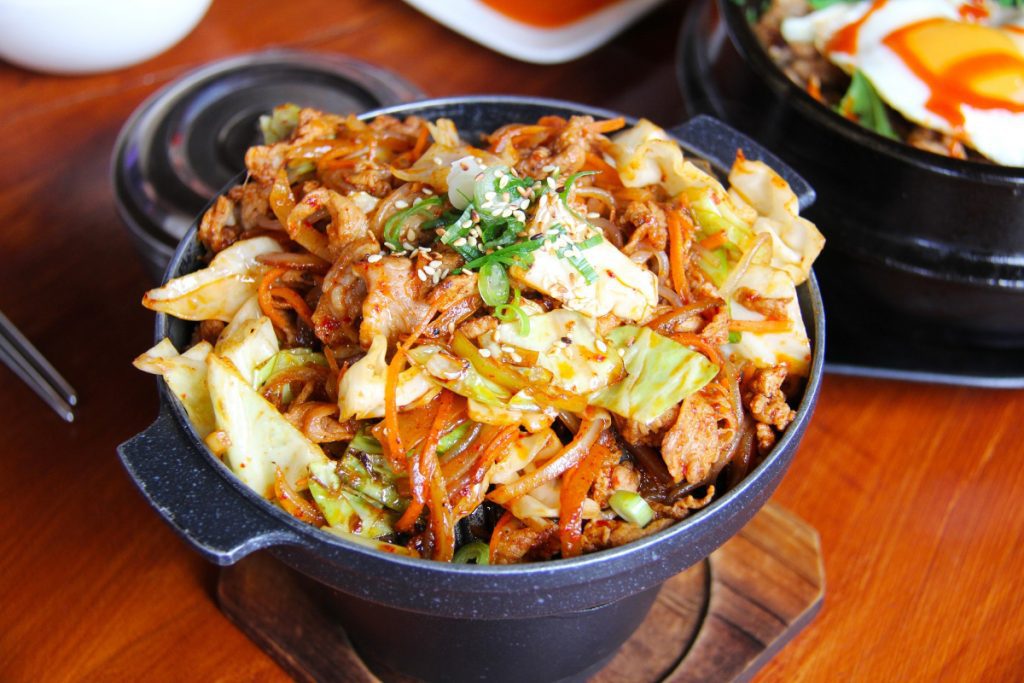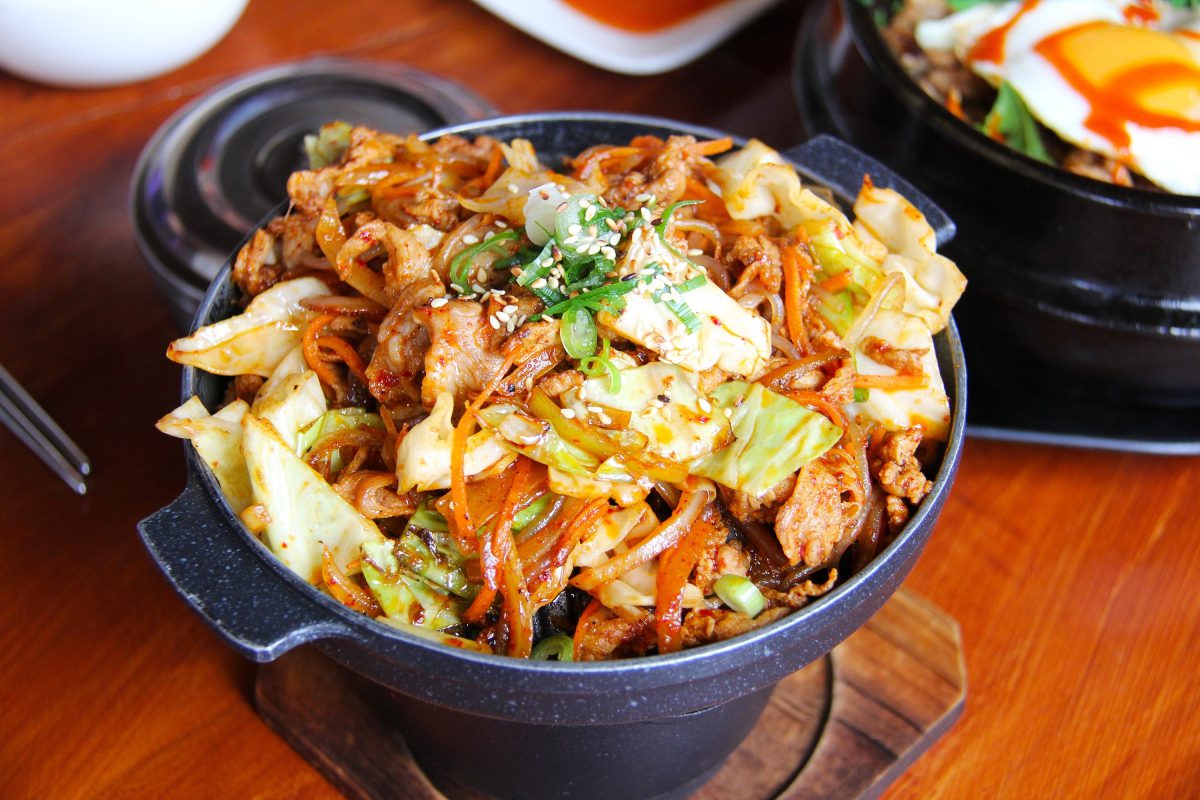Nothing pleases the taste buds quite like the unique combination of sweet and sour flavors. For centuries, sweet and sour sauces have dominated world cuisine for their rich and tangy combination. When combined gracefully, these two unique create something truly special for food lovers. There is simply nothing else quite like the contrast between the two.
Sweet and sour cuisine originated in ancient Chinese cultures where the preparation of food was considered a form of high art. In Confucian society, it was believed that food had sacred properties, and had the potential to heal or confer energy when prepared properly. Sweet and sour cooking was born out of this belief.
Simply put, sweet and sour was created to provide the special medicinal benefits that each flavor was alleged to contain. While modern science has disputed these claims, the tradition of cooking with both flavors simultaneously has lived on. In fact, it has gained such great popularity that it has spread into Western culture where it is now most prominent.
Do you want to get in on the trend? If this sounds like a winning combination for you, then we encourage you to read this hands-on guide to cooking sweet and sour pork.
Why pork? Because pork is the traditional go-to meat of China, where this cooking style began. As such, the texture and consistency of pork best suits the flavors contained in sweet and sour sauces. Now, let’s get on to the good part and walk through our favorite sweet and sour pork dishes.
Classic Chinese-American Sweet n’ Sour Pork
This recipe began when Chinese immigrants first arrived in the western United States, bringing with them a storied history of cuisine unknown to most Americans. Soon enough, myriad sweet and sour pork dishes began appearing in restaurants all over the United States. In short order they became a classic take-out staple enjoyed by all.
This is a nothin’ fancy recipe that emulates those classic take-out meals—sweet and sour pork over rice. And best of all, it is super easy to make. If this sounds up your alley, we recommend giving this recipe a shot tonight. It’s a guaranteed crowd pleaser.
Ingredients
Here is everything you will need for this sweet and sour pork dish:
- 1 lb. Boston butt (pork butt), cubed (1 in.)
- 1 tsp sea salt
- ½ tsp sugar
- 1 tsp low-sodium soy sauce
- 1 egg white
- 1-quart vegetable oil (frying)
- 1 tbsp vegetable oil
- 2 green onions, chopped
- ½ cup cornstarch
- 3 stalks of celery, cut (½ in.)
- 1 bell pepper, cut (1 in.)
- 1 onion, wedged
- ¼ cup ketchup
- 1 can pineapple chunks, undrained (8 oz.)
Instructions
To begin, put the cubed pork pieces in a large mixing bowl with a teaspoon of salt, ¼ teaspoon of sugar, and a teaspoon of soy sauce. Toss in the egg white and the chopped green onions. Let the mixture marinade in the refrigerator for an hour.
Heat a quart of oil to 365 degrees Fahrenheit in a saucepan. Take the pork and coat it with half a cup of cornstarch, then fry it in the oil for roughly ten minutes. Once browned, drain excess oil on paper towels.
Then, heat a tablespoon of oil in a saucepan over medium heat. Add in the bell pepper, onion, and the stalks of celery and cook until well done. Throw in sea salt and sugar. Take away from the heat and let it sit aside.
In another pan, mix in a cup of water, ½ teaspoon of salt, ¾ cup of sugar, apple vinegar, ketchup, and ½ teaspoon of low-sodium soy sauce. Bring the pan to a boil while stirring, then add in the pork, celery mix, and the pineapple chunks with the juice. Bring the pan back to a boil and add in 2 tablespoons of cornstarch and ½ cup of water. Cook until thick and combined.
Red Garlic Sweet and Sour Pork
This one’s our personal favorite. For us, nothing believes the awesome combo of sweet and sour with the added hints of garlic. If you have not tried this already, you are seriously missing out. If you are a fan of Chinese food, or even just sweet and sour in general, you need to give this sweet and sour pork recipe a try.
Ingredients
Here’s everything you will need to make the pork and marinade:
- 1 lb. pork shoulder, cut (1 in.)
- 2 tbsp water
- ½ tbsp garlic powder
- ½ tsp onion powder
- ½ tsp sesame oil
- 1 tsp soy sauce
Here’s everything else you will need for the sweet and sour sauce:
- 1 tsp vegetable oil
- 2 slices ginger, smashed or diced
- 1 star anise
- ¼ cup tomato ketchup
- 1 ½ cups apple cider vinegar
- ½ cup brown sugar
Here’s what you need to have on hand for frying:
- 3 cups of canola or vegetable oil
- ½ cup flour
- ¼ cup cornstarch
- ½ tsp sea salt
- ¼ tsp white pepper
- 1 whole egg, beaten
For everything else, you will need these ingredients:
- 1 tbsp vegetable or coconut oil
- ½ bell pepper, squared (1 in.)
- ½ red pepper, squared (1 in.)
- ½ onion, squared (1 ½ in.)
- Cayenne pepper to taste
Instructions
Once you have all the ingredients prepared, start by adding the marinade to the cubed pork, and stir until there is no pooling liquid. Let this sit for a half an hour. While it’s sitting, start making the sauce by adding a teaspoon of oil, ginger slices, and the star anise to a wok or pan. Let the mixture fry until the ginger caramelizes, at which point you will add the ketchup.
After you hear the sauce sizzle, keeping stirring until the ketchup caramelizes. Then, toss in the vinegar, sugar, and the pineapple juice. Continue stirring until it simmers once again, then turn the heat on low for 30 minutes.
While the sauce is sitting aside, heat three cups of oil in a pot. Then, add in the dredging ingredients—flour, sea salt and pepper, and cornstarch—before dredging the pork in the flour mix, dipping into the egg, and then coating with flour again. Then, fry the breaded pork for a few minutes or until they are browned. Once finished, transfer onto a baking sheet.
If you want the pork to be particularly crispy, fry the pork pieces for a second time. This is the secret to making them just like your favorite take-out restaurant. Then, grab a fresh wok and add in the bell peppers and onions with a tablespoon of oil. Cook for a minute before adding the sauce and pineapple chunks. Let simmer and thicken, which may require extra cornstarch.
Once the sauce is thick and gooey, coat your crispy pork in the sauce and serve on a bed of rice or noodles. Voila, there you have it—authentic, Szechuan-style sweet and sour pork.
Mouthwatering Sweet n’ Sour Pork Chops
That last one was a bit more complicated than we would have liked. If speed and efficiency is more your thing, we totally get it. Sometimes you are in a pinch for time and need a quick meal to get the job over with. That is where these sweet and sour pork chops come in handy. They combine the ease of frying pork chops with the flavor of sweet and sour take-out.
Ingredients
Here’s everything you will need for the whole dish:
- 6 boneless pork loin chops (4 oz.)
- 1 tsp ground pepper
- ? cup apple cider vinegar
- ¼ cup white sugar
- 2 tbsp soy sauce
- 1 tbsp Worcestershire sauce
- 1 tbsp cornstarch
Instructions
Compared to the last recipe, this one is a breeze. Start by layering a pinch of ground pepper on top of each pork chop. In a large wok or pan, fry the pork over medium heat for 5 minutes per side. Once browned, remove from heat.
Next, throw in the water, apple cider vinegar, soy sauce (we recommend low-sodium!), sugar, and Worcestershire sauce. Stir over high heat until it is brought to a boil. Then, mix the cornstarch and cold water until the consistency is smooth, and add it to the pan. Again, bring to a boil until thickened.
Lastly, add the cooked pork chops to the pan. Bring down the heat and cover the pan for 5 minutes until the meat has browned and juicy. Serve with rice and garden vegetables. See, sweet and sour pork doesn’t have to be fussy!
Tips and Hacks from the Kitchen
That was a lot to take in. To help you remember some basic takeaways, here is a quick list of some of the most important information.
- Always opt for low-sodium soy sauce and Worcestershire sauce
- Breaded pork pieces should be fried twice for maximum crispiness
- Don’t be afraid to add a bit of sugar to sweeten things up
- Coconut oil can make for a healthy replacement for canola oil
- There’s no need to overcook the pork, as it is safe to eat at lower temperatures compared to chicken





1 Comment
way. Handwritten book